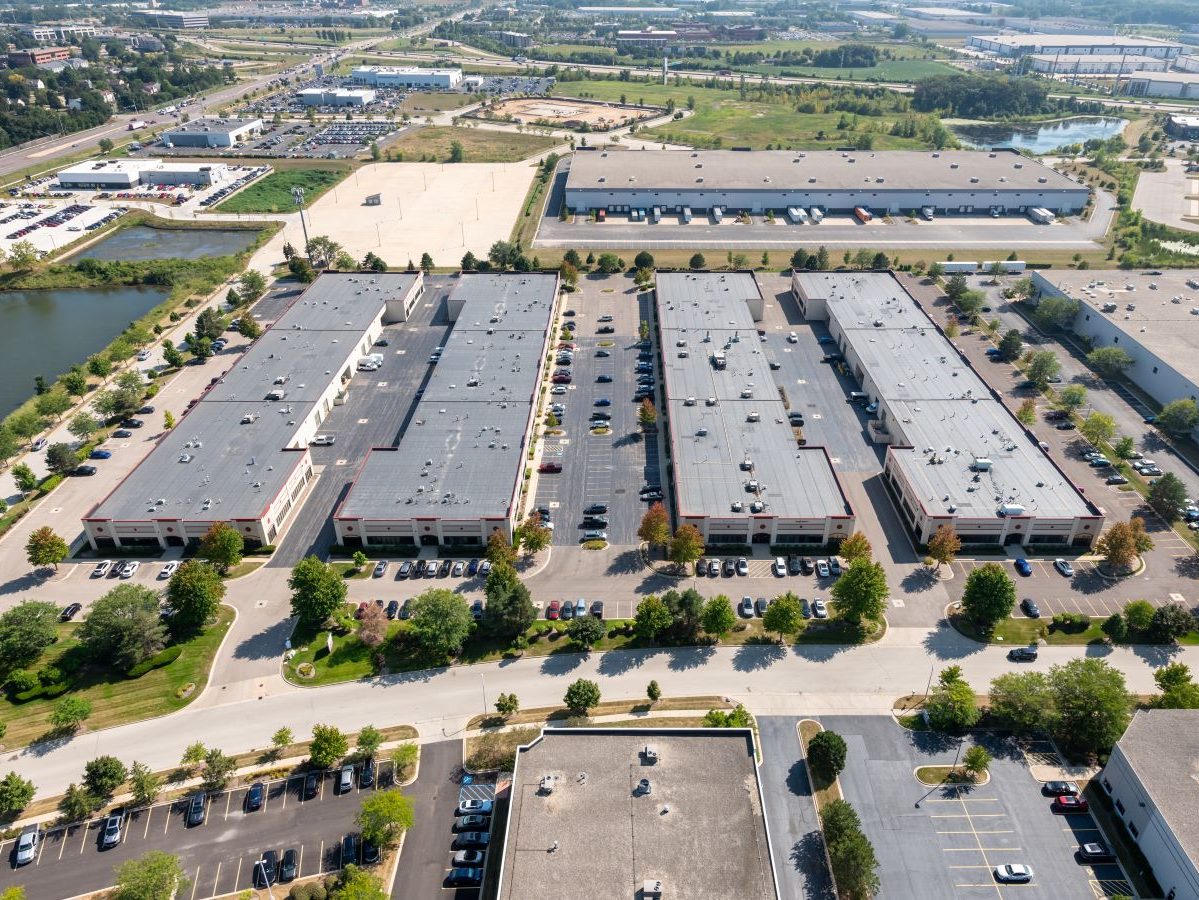Why Some Apartment REITs Face NOI Challenges
Current economic and demographic trends could spell trouble for these investors' bottom lines, says Stephen Boyd of Fitch Ratings.

Stephen Boyd
Driven by the pandemic, the need for more space to accommodate the new stay-at-home paradigm, and job losses, apartment dwellers across America are moving out of big cities and leaving vacancy signs in their wake.
Some U.S. multifamily apartment REITs may find themselves vulnerable to these trends, notably those with exposure to class B and C assets, and properties in gateway cities.
According to the Federal Reserve, job losses are most prevalent among lower-income households, increasing risks for apartment REITs with sizable exposure to B/C assets in low-income neighborhoods. There could be a positive side to this trend as some renters may choose to move into these buildings because of their affordability. B/C suburban assets are showing resilience, given their lower rents compared to class A properties.
The pandemic has had an outsized effect in gateway cities, driven by the density that many city-dwellers traditionally embrace. What had been an attractive factor for multifamily apartment REITs is now a risk as renters move to suburban and even rural locations that facilitate social distancing more easily.
Renters seeking more space as they work from home and Millennials entering a later stage in life may increasingly look to relocate to more affordable suburban and Sun Belt markets even after pandemic fears fade. Outperformance of single-family rentals thus far may continue due to demographic and demand preference shifts.
Class A Problems
As renters continue to move out of cities, class A properties in gateway cities will face weakening demand and depressed renewals—trends that will force concessions. Coupled with the enduring geographic and age-related demand shift preferences, longer-term growth rates in these assets could stall. Population growth in the 23 to 34-year-old renter cohort, a critical demographic for multifamily property owners in urban gateway markets, is expected to reverse in 2024.
As a result of these trends conflating with the pandemic, low-to-mid single-digit same-store net operating income declines are expected for apartment REITs in 2020 and 2021. Negative new leasing spreads, delinquencies and occupancy declines will be a drag on revenue growth, but fewer on-site hours and less maintenance and repairs over the near term will limit expense growth to the low-single digit range. Same-store net operating income declines are assumed to increase at a mid-single-digit rate annually in 2022-2023, consistent with prior recoveries.
In the recessions that began in 2001 and 2007, an extended period of rent deceleration took multiple years to bottom. Due to the sharper pace of job losses in 2020, same-store net operating income declines are expected to be steeper than in past recessions and will continue in 2021. But declines could potentially bottom out sooner than in previous downturns.
The only thing certain right now is uncertainty. For cities and the REITs that serve them, the pandemic has hit hard. When the bottom will be reached and how long the climb back will take remain unknown. The development of a vaccine and the reopening of schools will be positive first steps back towards normal life and an appetite for urban apartment living.
Stephen Boyd, CFA, is a senior director in Fitch Ratings’ Corporates group.







You must be logged in to post a comment.